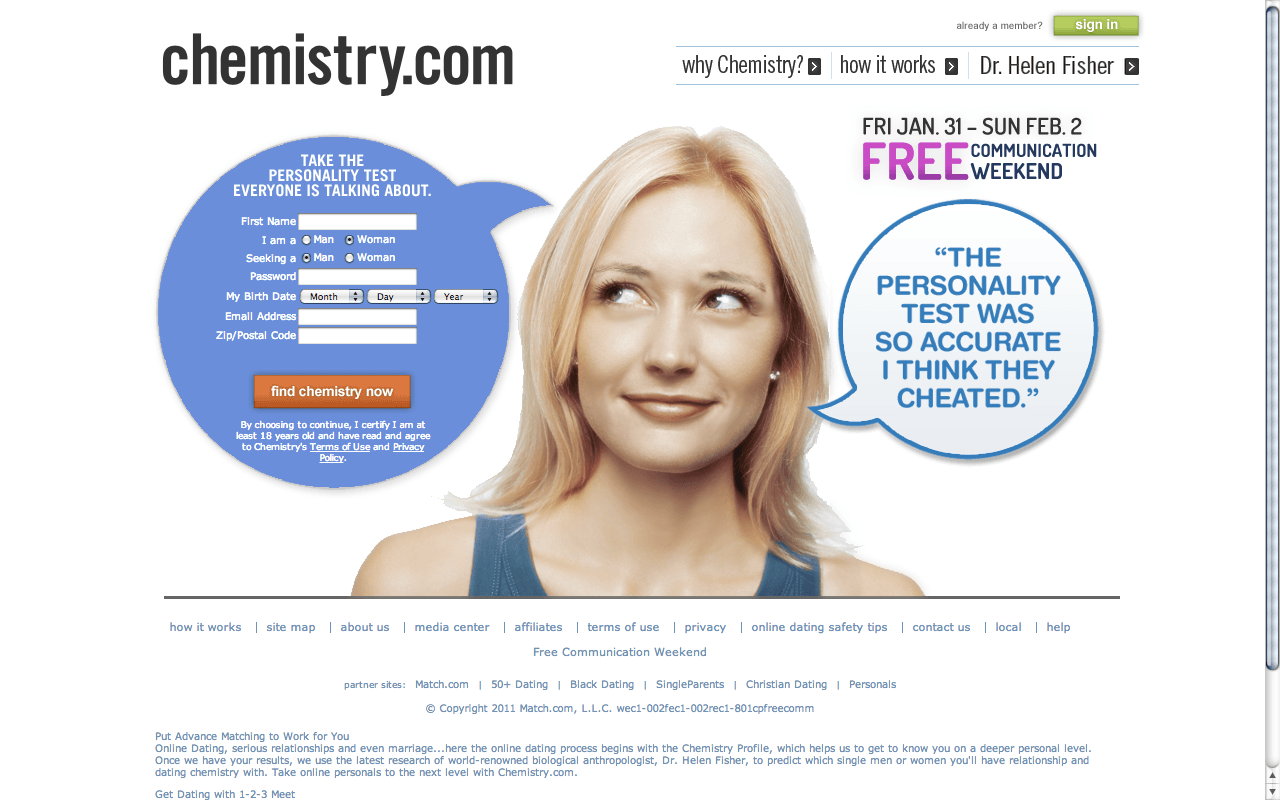Carbon-fourteen relationship can be utilized to estimate the age of carbon-bearing elements up to about 58,000 to sixty two,000 many years outdated. The carbon-fourteen isotope would vanish from Earth’s ambiance in less than a million a long time were it not for the constant influx of cosmic rays interacting with atmospheric nitrogen.
One particular of the most frequent utilizes of radiocarbon relationship is to estimate the age of natural and organic continues to be from archeological web pages. References. Hua, Quan. “Radiocarbon: A Chronological Device for the The latest Past. ” Quaternary Geochronology 4. 5(2009):378-390. Science Immediate . World-wide-web.
- Is online dating stable?
- Is it fine currently a particular person with various social values?
- Is that it acceptable until now a professional with assorted travel priorities?
- Which are the indication of an associate which has a the fear of intimacy?
- How could i get around huge-yardage romances?
- How key can it be to have related vocation aims inside the romance?
Petrucci, Ralph H. Common Chemistry: Ideas and Modern-day Purposes 9th Ed.
New Jersey: Pearson Education Inc. “Radio Carbon Dating. ” BBC- Homepage . World wide web. http://www. bbc. co. united kingdom.
Can it be ok so far somebody with assorted viewpoints on monogamy?

Willis, E. H. , H. Tauber, and K. O. Munnich.
Learn how to grip courting an individual with some other sex-related choices?
“Variants in the Atmospheric Radiocarbon Concentration Around the Earlier 1300 A long time. ” American Journal of Science Radiocarbon Nutritional supplement two(1960) 1-four. Print. Problems. If, when a hippopotamus lived, there was a complete of twenty five grams of Carbon-14, how several grams will stay 5730 many years immediately after he is laid to relaxation?five grams, simply because a single 50 percent-life has transpired. How several grams of Carbon-fourteen will be current in the hippopotamus’ remains right after 3 50 %-life have passed?125 grams of Carbon-fourteen will continue to be right after a few fifty percent-lives. Contributors and Attributions. Wikipedia. Radiocarbon Relationship is shared below a CC BY-NC-SA four.
license and was authored, remixed, and/or curated by LibreTexts. Willard Libby and Radiocarbon Courting. Dedicated at the College of Chicago on October 10, 2016. In 1946, Willard Libby proposed an impressive method for courting organic components by measuring their material of carbon-fourteen, a newly discovered radioactive isotope of https://advicedating.net/easternhoneys-review/ carbon. Regarded as radiocarbon relationship, this strategy presents objective age estimates for carbon-based mostly objects that originated from living organisms.
The “radiocarbon revolution” designed doable by Libby’s discovery tremendously benefitted the fields of archaeology and geology by enabling practitioners to create extra specific historic chronologies throughout geography and cultures. Contents. Willard Libby’s principle of radiocarbon courting Predictions about carbon-14 Detecting radiocarbon in nature Tests radiocarbon courting The “Radiocarbon Revolution” Biography of Willard F. Libby Landmark devotion and acknowledgments Study sources. Willard Libby’s principle of radiocarbon dating. Willard Libby (1908–1980), a professor of chemistry at the University of Chicago, started the analysis that led him to radiocarbon courting in 1945. He was influenced by physicist Serge Korff (1906–1989) of New York College, who in 1939 identified that neutrons were being developed in the course of the bombardment of the atmosphere by cosmic rays. Korff predicted that the reaction in between these neutrons and nitrogen-14, which predominates in the atmosphere, would deliver carbon-14, also identified as radiocarbon. Libby cleverly realized that carbon-fourteen in the atmosphere would uncover its way into living subject, which would so be tagged with the radioactive isotope. Theoretically, if a single could detect the amount of money of carbon-14 in an object, 1 could set up that object’s age employing the fifty percent-lifestyle, or rate of decay, of the isotope.
